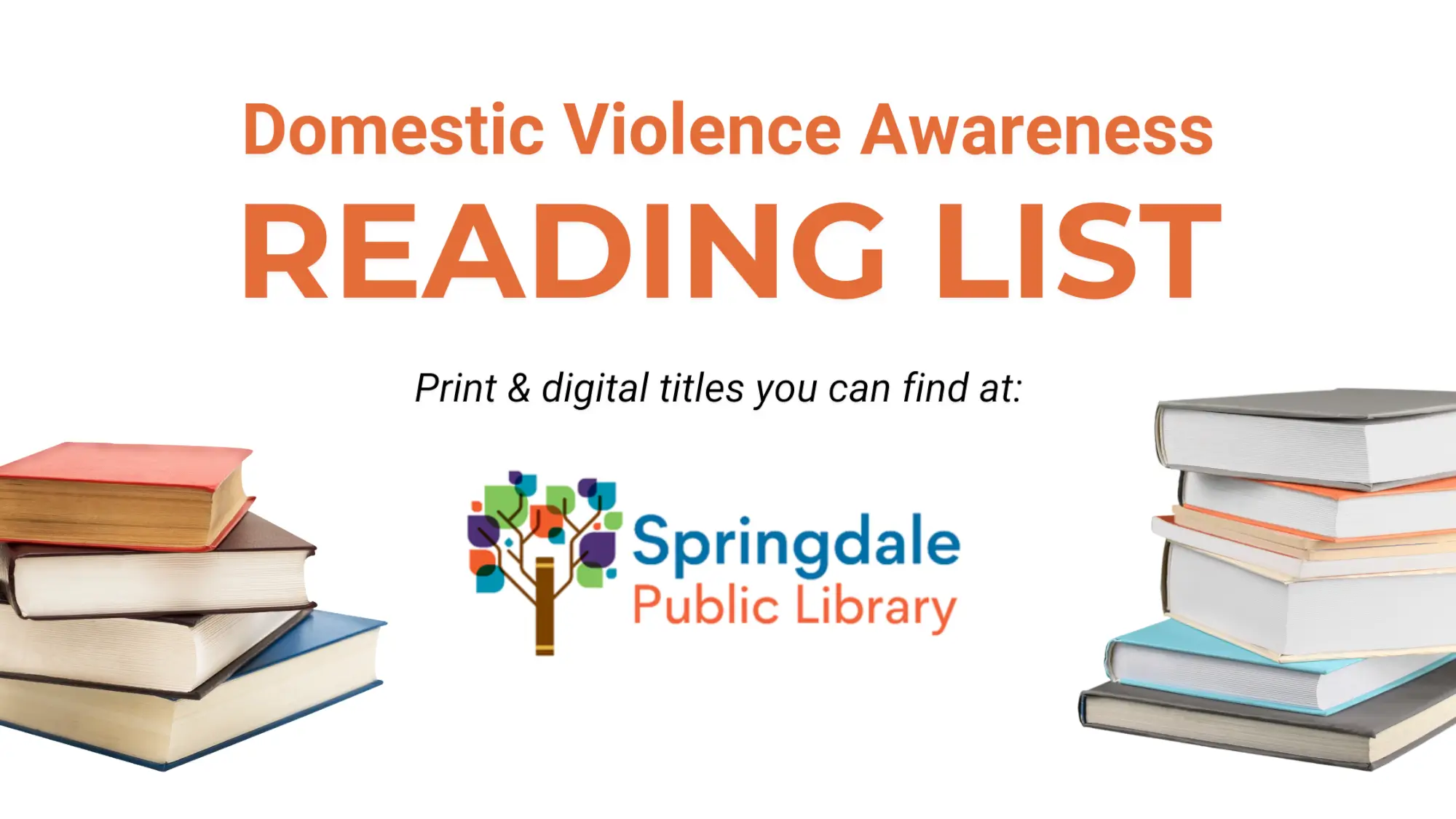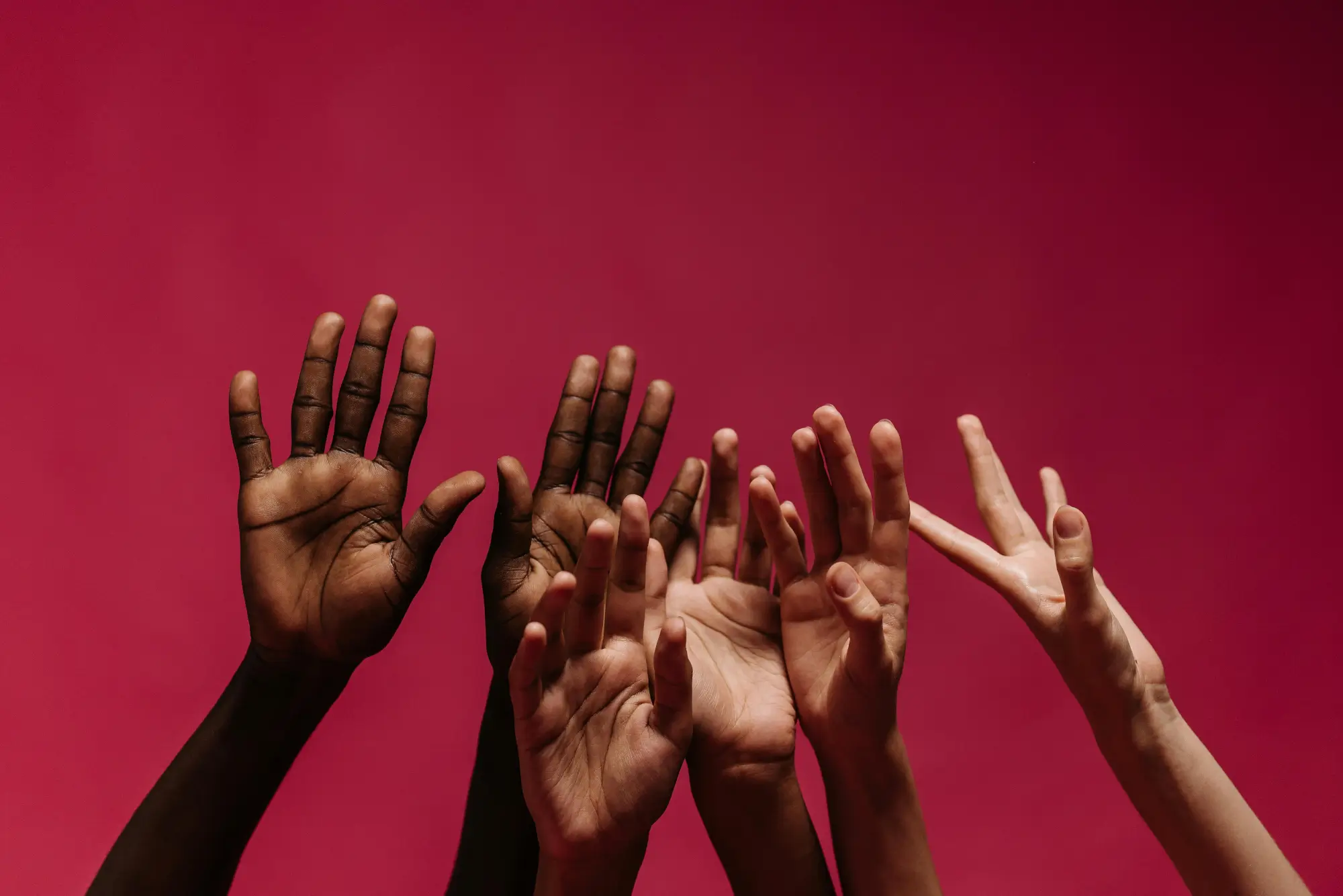
by Sydney Uhl
Teen dating violence is a prevalent problem that affects people with all gender identities and sexual orientations. Teen dating violence in LGBTQ+ relationships encompasses a range of abusive behaviors, including physical, emotional, verbal, sexual, and digital abuse. These behaviors are used by one partner to gain power and control over the other, creating a toxic dynamic that can have lasting consequences.
LGBTQ+ teens face distinct challenges when it comes to dating violence, including the fear of being outed or facing discrimination and limited resources and information. LGBTQ+ teens may encounter a scarcity of resources or support services that are inclusive and understanding, further isolating them in their experiences.
There are also some risk factors involved in LGBTQ+ relationships. There are also some risk factors involved in LGBTQ+ relationships. Internalized homophobia, including feelings of shame or self-hatred related to one's sexual orientation or gender identity, can make teens believe that they don't deserve safe relationships. LGBTQ+ teens can also face rejection from family or peers which may cause social isolation, making them more susceptible to abuse.
It is important to address these issues and do our best to fix them. Providing education on healthy relationships is an important step to take. We should increase awareness of teen dating violence within LGBTQ+ communities, dispelling myths and fostering an environment where open conversations can take place. We need to empower LGBTQ+ teens to recognize abuse, seek help, and build supportive networks, breaking the cycle of violence.
When it comes to teen dating abuse in LGBTQ+ relationships, we need to be attentive. Regardless of sexual orientation or gender identity, we can make the world a safer and more inclusive place for everyone if we acknowledge the unique challenges that LGBTQ+ teens face and work toward comprehensive education, awareness efforts, and empowerment. It is critical to raise awareness of the problem of underage dating violence in LGBTQ+ relationships and to offer a way forward so that everyone may have more fulfilling, inclusive relationships.


